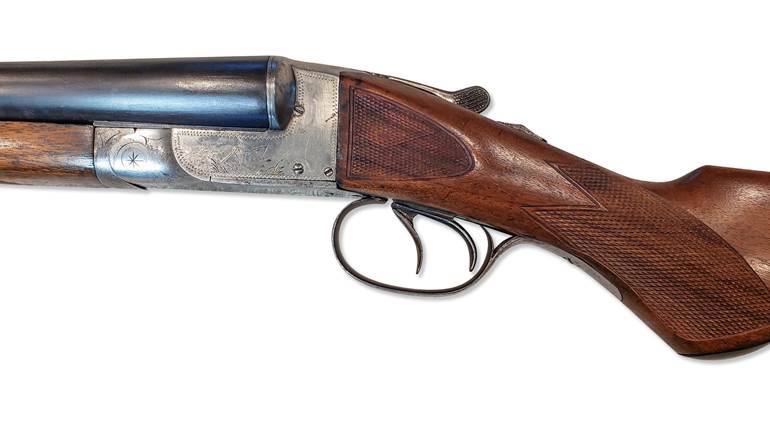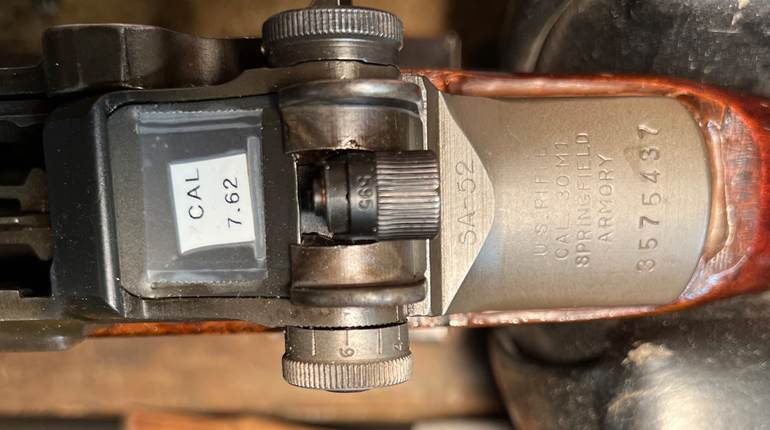
Brownells M16 5.56 Bolt Carrier Group MP brownells.com
Q: Nickel boron (NiB) bolt carrier groups (BCG) for AR-style rifles now seem to be available at affordable prices, although they are still more expensive than a standard mil-spec BCG. The NiB-coated BCGs seem to be often spoken of in awe. What are the advantages and disadvantages of installing a NiB-coated AR-15 BCG?
A: Unfortunately, this particular subject has become a source of warm debate, and, in my opinion, at least, should be re-evaluated. There are a number of potential objectives when plating/treating/coating a metal surface. In my opinion, the two primary ones are: to protect/preserve the substrate, or underlying surface, and, to provide some degree of additional or improved functional performance. Other objectives, such as appearance or dimensional alteration can be important, but don’t apply in this case.
Properly applied, any number of conversion coatings, such as bluing and browning, will protect and preserve the substrate to a limited degree. Parkerizing is another conversion process that adds greater preservation plus a basis of lubrication retention. Treatment processes such as case-hardening (added carbon) are intended to provide smoother operation and extended life. Ferritic nitrocarburizing processes, such as Tenifer/Melonite, combine heat treatment with the addition of carbon and nitrogen. In general, “hardened” surfaces have a lower coefficient of friction, which aids in functioning and other features. Platings would include nickel boron, along with chrome, plain nickel, gold, silver, etc. Not all plating is “hard,” and may not provide much, if any, protection. Nickel boron is hard, tough, slick and smooth. Additive coatings like Teflon, and a variety of bake-on coatings, can and will offer functional advantages, but their longevity is sometimes questionable.
From my own perspective, any product or process that improves a firearm’s functionality and longevity, and reduces the time and materials required for maintenance, is a good thing. On the other hand, neglecting established and prudent maintenance practices by not providing lubrication to reciprocating components or delaying cleaning procedures just because you “can,” does not reflect rational thinking. The reduced effort to clean up NiB-plated parts is valid and wonderful, but tests indicating a firearm’s enhanced ability to fire without lubrication or cleaning should be viewed simply as an indication of improved technology, and not as a new standard operating procedure.
--John W. Treakle




































